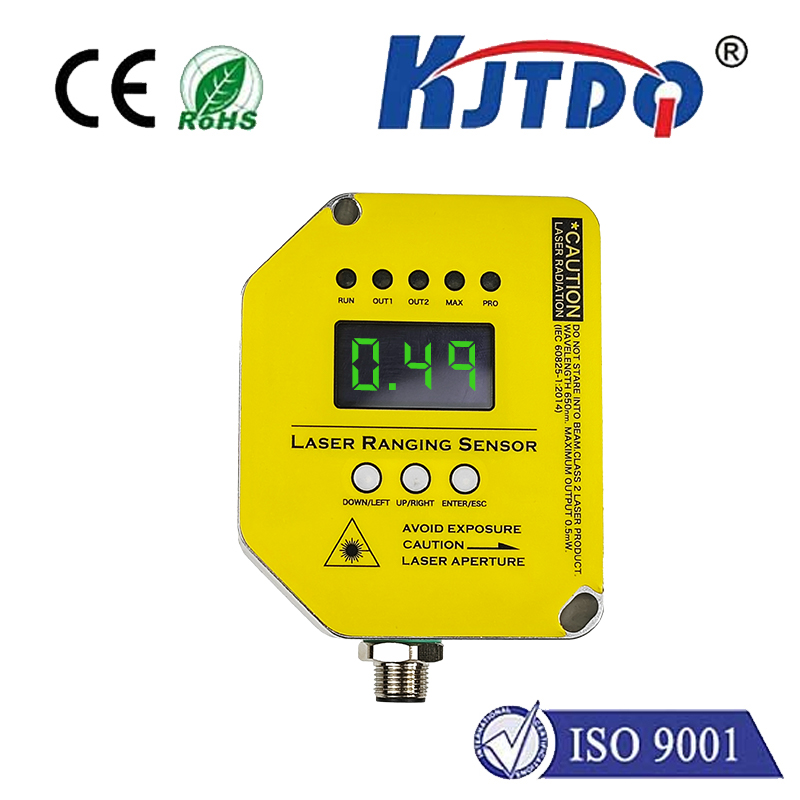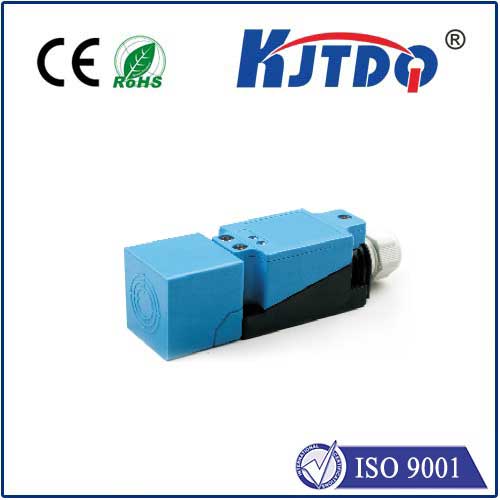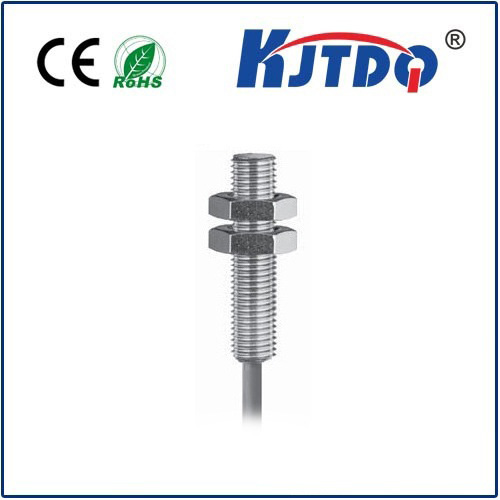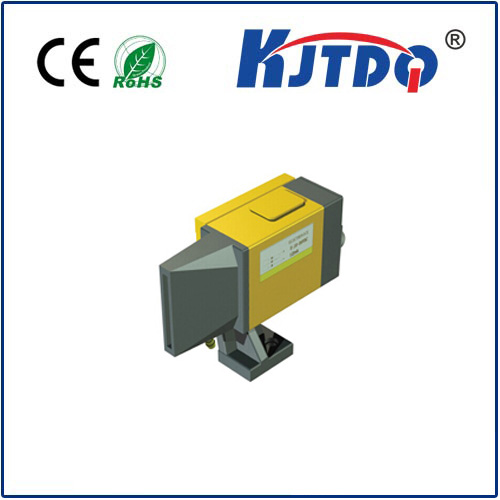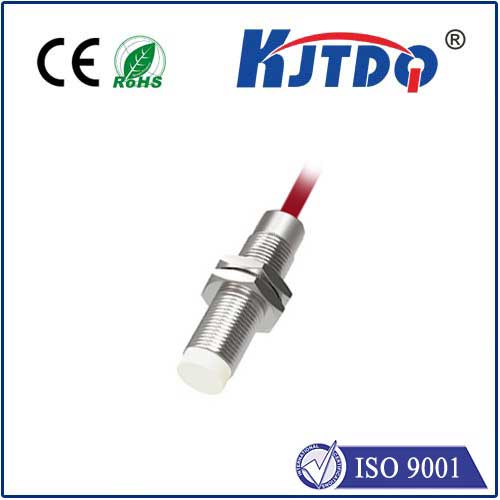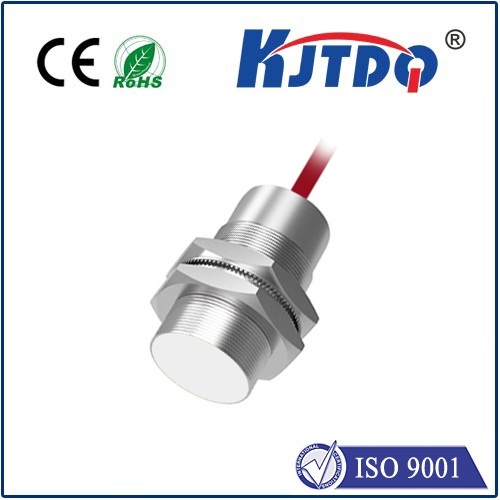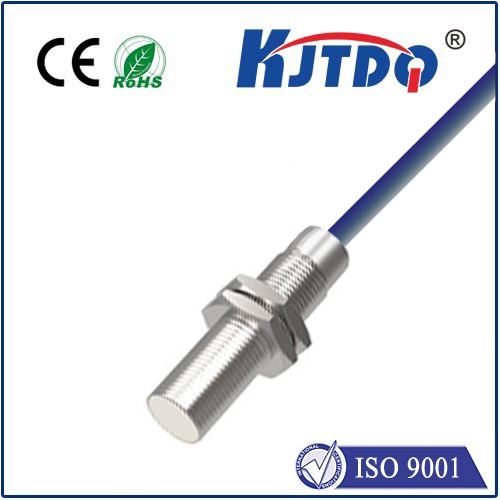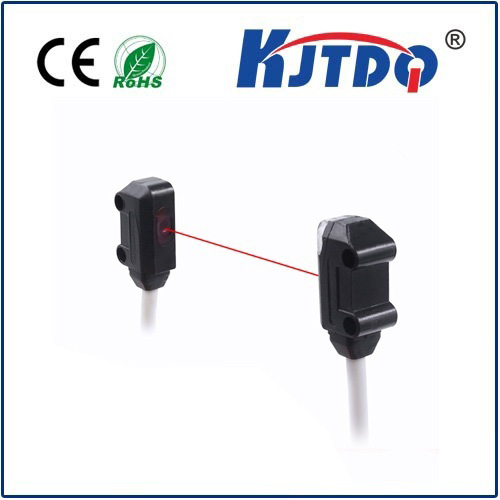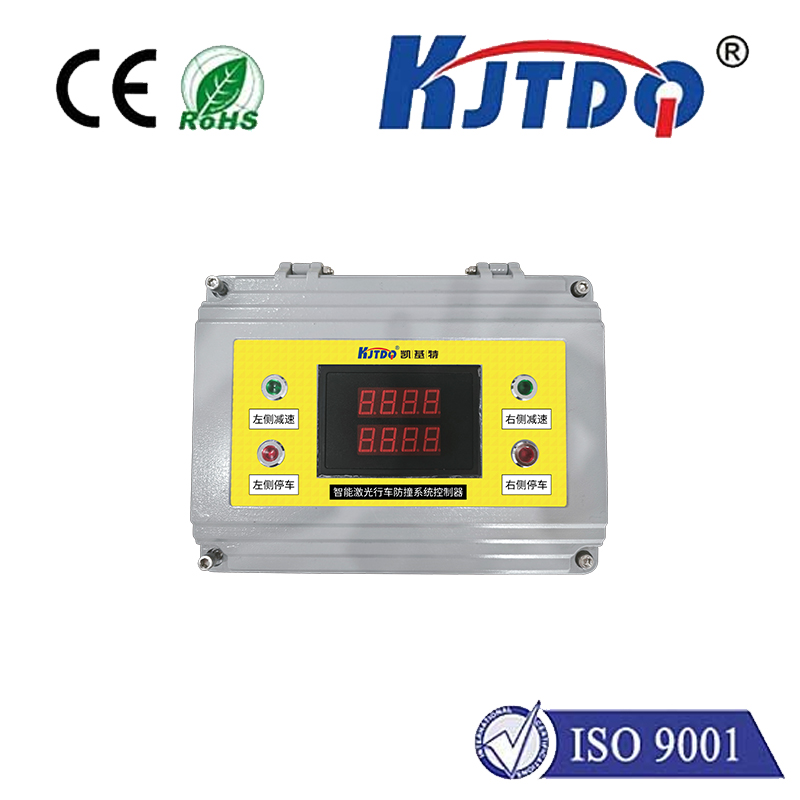

check

check

check

check

check

check

check

check

check

check
Imagine a factory humming with activity. Conveyor belts whir, robotic arms dance with precision, and components flow seamlessly. Now, picture the chaos if every object detection required a physical bump, a mechanical trigger slowing down the line, wearing out, and introducing friction. This inefficient reality was once the norm. Non-contact proximity switches revolutionized this landscape. These unassuming yet vital sensors act as the silent sentinels of automation, detecting the presence or absence of objects without any physical contact, enabling faster, cleaner, and more reliable operations across countless industries. Their evolution embodies the drive towards smarter, frictionless manufacturing and control systems.
At its core, a non-contact proximity switch is a sensor that detects the presence of an object – typically termed the “target” – within its sensing range, solely through interaction with the target’s inherent properties. This detection is achieved without any mechanical linkage or touching. By eliminating physical contact, these switches overcome the fundamental limitations of mechanical predecessors: wear and tear, susceptibility to contamination, slower response times, and potential damage to delicate targets.
The key advantages driving their widespread adoption are compelling:
Understanding the underlying technology is crucial for selecting the right sensor. The most common types function based on distinct physical principles:

Inductive Proximity Switches: Arguably the most prevalent in industrial automation. These sensors generate an oscillating electromagnetic field. When a metallic target (usually ferrous or non-ferrous metal) enters this field, it induces “eddy currents” within the target. This interaction damps the oscillation within the sensor’s coil circuit. An internal circuit monitors this damping effect and triggers the switch output (usually a solid-state transistor) when the damping exceeds a set threshold. Their limitation: They only detect metallic objects.
Capacitive Proximity Switches: These sensors operate by generating an electrostatic field. Any target entering this field alters the capacitance between the sensor’s active surface and ground. This change is detected by the sensor’s internal oscillator circuit. Crucially, unlike inductive sensors, capacitive sensors can detect a much wider range of materials – metals, plastics, wood, cardboard, glass, liquids, powders, and even bulk materials through thin container walls. This makes them incredibly versatile for level detection, material presence, and differentiating between material types based on their dielectric constant.
Photoelectric Sensors (A Subset of Proximity Detection): While often categorized separately, photoelectric sensors fundamentally operate on non-contact proximity principles. They use light (visible, infrared, or laser) to detect an object’s presence. Common modes include:
The practical applications for non-contact proximity switches are virtually limitless:
Selecting the optimal non-contact switch requires careful consideration:
Driving further innovation, the integration of IO-Link communication is transforming standard non-contact proximity switches into intelligent sensors. IO-Link provides a point-to-point communication channel that allows for parameter setting (e.g., adjusting sensitivity, output delay), remote diagnostics (e.g., monitoring operating hours, temperature, signal strength), and advanced process data transmission directly from the sensor to the control system. This empowers predictive maintenance strategies and deeper process insights, taking the fundamental reliability of proximity sensors to a new level of smart factory readiness.
From the relentless pace of an automotive assembly line to the precise control of pharmaceutical bottling, non-contact proximity switches remain the fundamental, reliable, and efficient solution for object detection. Their ability to operate unseen and untouched, delivering critical presence information with speed and unwavering dependability, ensures they will continue to be the indispensable “eyes” keeping modern automation processes running smoothly, efficiently, and intelligently for years to come. The shift from contact to non-contact sensing wasn’t just an improvement; it was a foundational leap enabling the automated world we rely on today.
